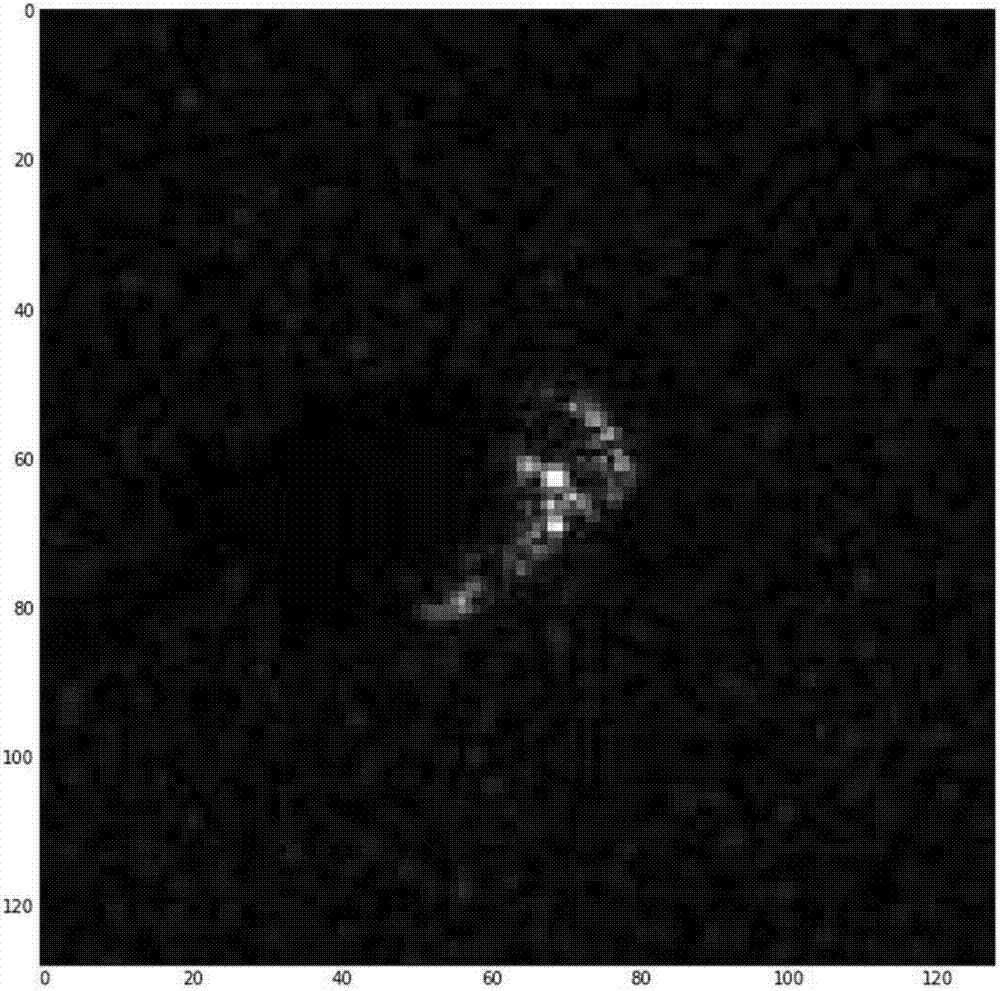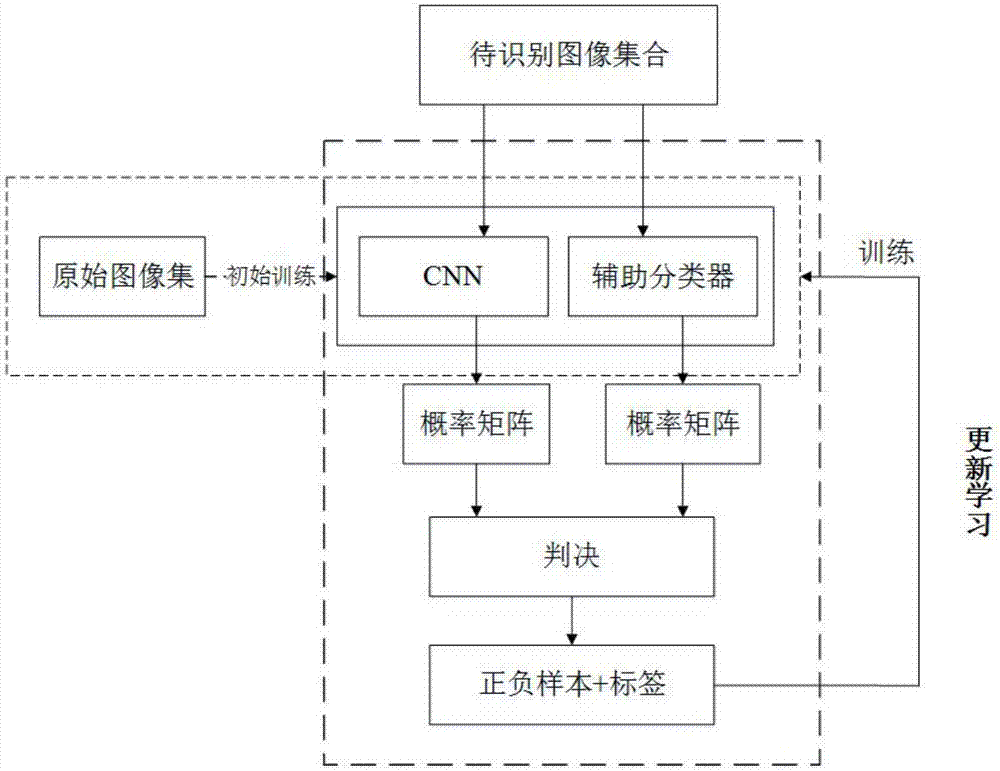Synthetic aperture radar target identification method based on auxiliary decision update learning
A technology of synthetic aperture radar and target recognition, applied in neural learning methods, character and pattern recognition, instruments, etc., can solve the problems of difficult feature extraction of SAR images, inability to intuitively understand SAR images, and inability to adapt to real-time requirements, etc. , to achieve the effect of improving recognition efficiency and avoiding repeated training
- Summary
- Abstract
- Description
- Claims
- Application Information
AI Technical Summary
Problems solved by technology
Method used
Image
Examples
Embodiment
[0045] The embodiment of the present invention adopts MSTAR image data, and now MSTAR is briefly introduced.
[0046]The MSTAR (Moving and Stationary Target Acquisition Recognition) project was launched in 1994 as a joint research project provided by the Defense Advanced Research Project Agency (DARPA) and the Air Force Research Laboratory (AFRL). A SARATR subject. The experimental data adopts the spotlight MSTAR SAR image set of ground military vehicles, the image resolution is 0.3m×0.3m, and the pixel size is 128×128. Now MSTAR data has become a standard database for evaluating SAR target recognition and classification algorithms. Most of the SAR target recognition and classification algorithms published in authoritative journals and conferences use MSTAR data for testing and evaluation.
[0047] attached image 3 The size of the MSTAR image is 128×128, and the image contains 3 regions: tank, shadow and background.
[0048] The purpose of the invention is to enable the S...
PUM
 Login to View More
Login to View More Abstract
Description
Claims
Application Information
 Login to View More
Login to View More - R&D
- Intellectual Property
- Life Sciences
- Materials
- Tech Scout
- Unparalleled Data Quality
- Higher Quality Content
- 60% Fewer Hallucinations
Browse by: Latest US Patents, China's latest patents, Technical Efficacy Thesaurus, Application Domain, Technology Topic, Popular Technical Reports.
© 2025 PatSnap. All rights reserved.Legal|Privacy policy|Modern Slavery Act Transparency Statement|Sitemap|About US| Contact US: help@patsnap.com



